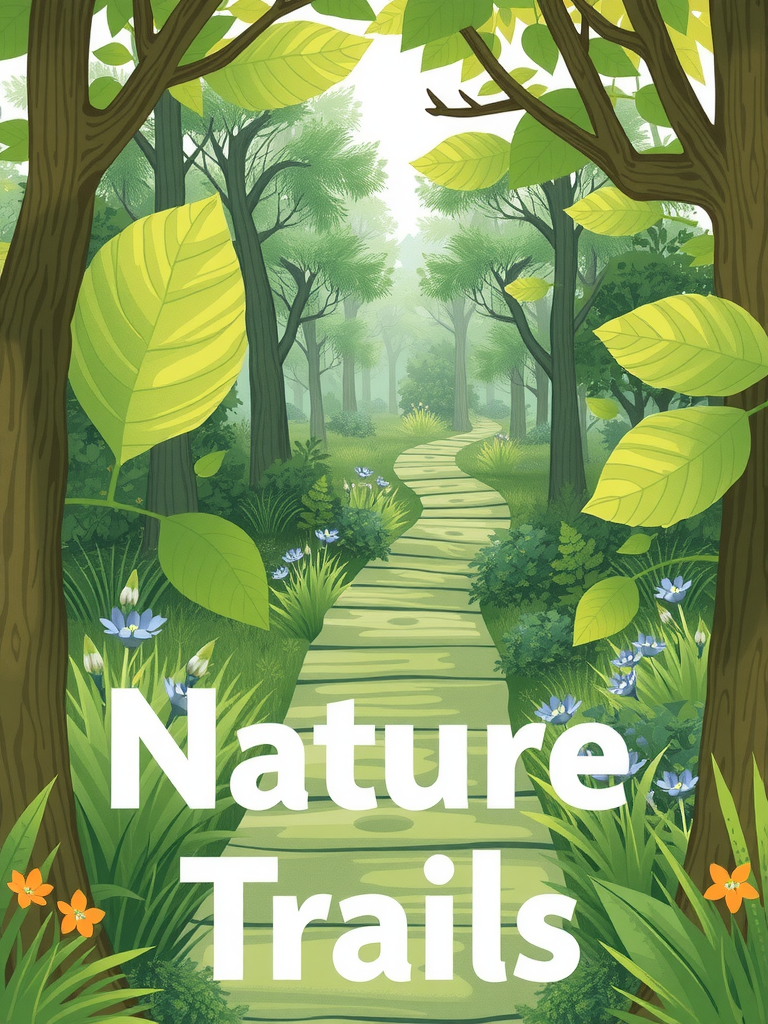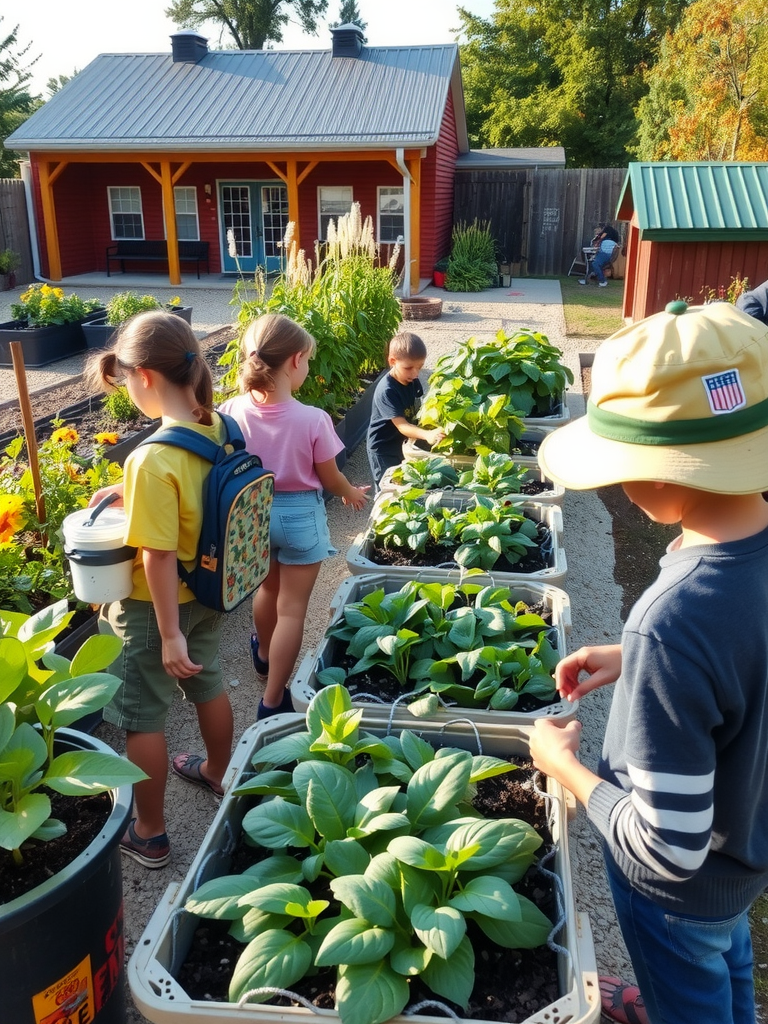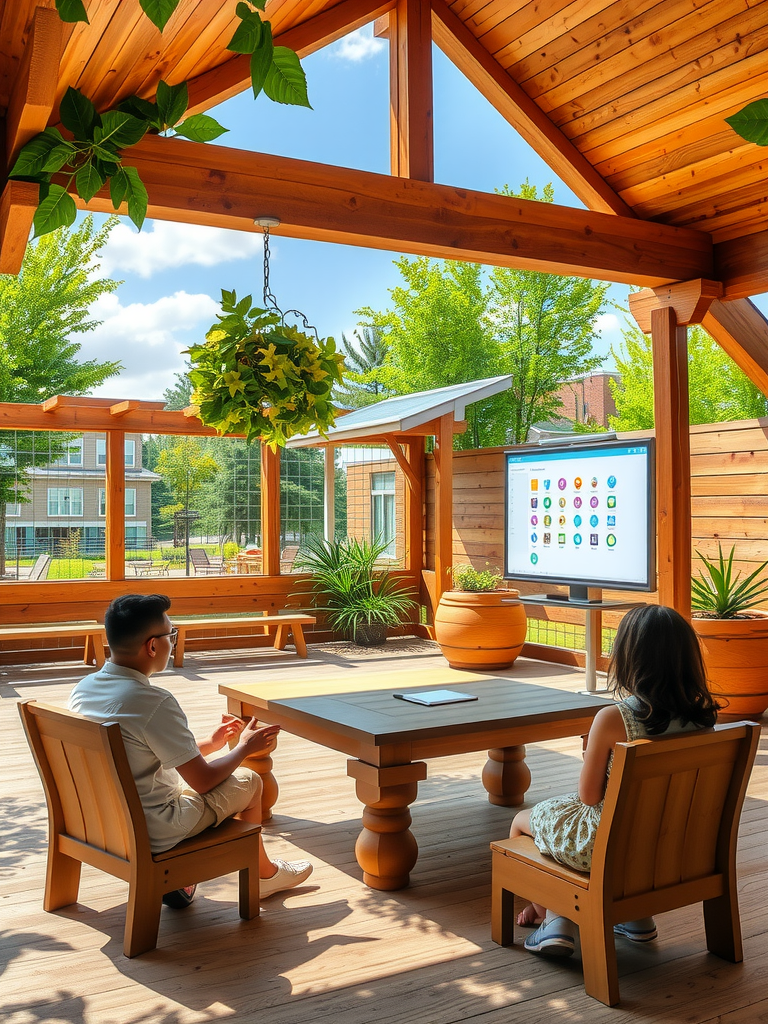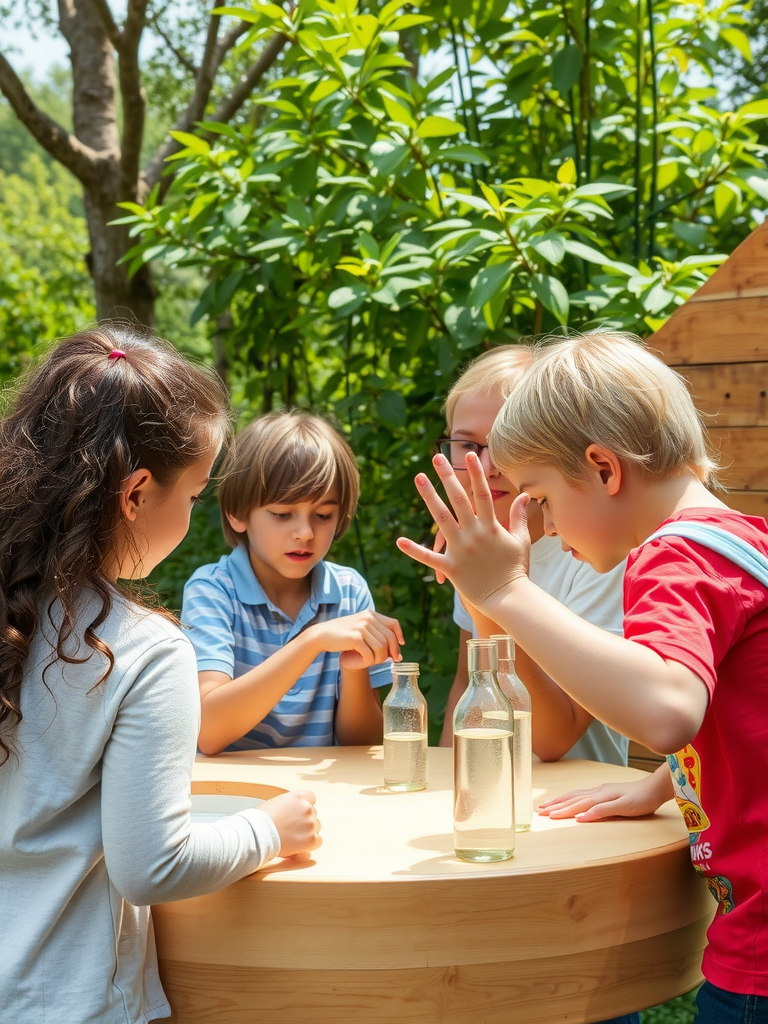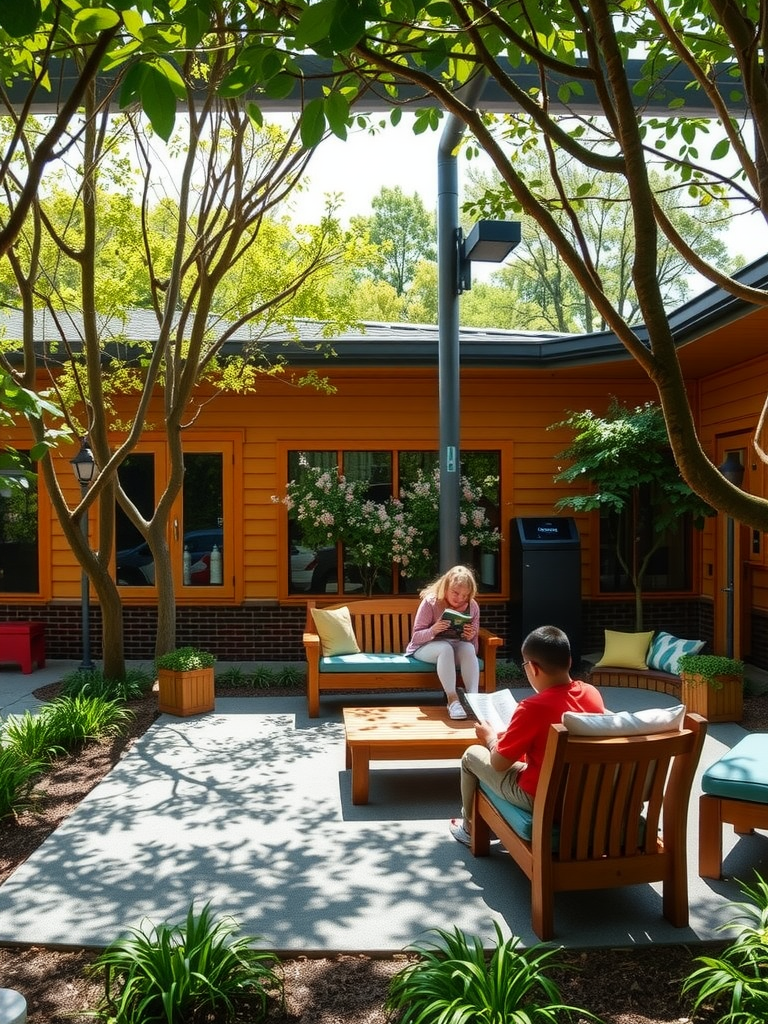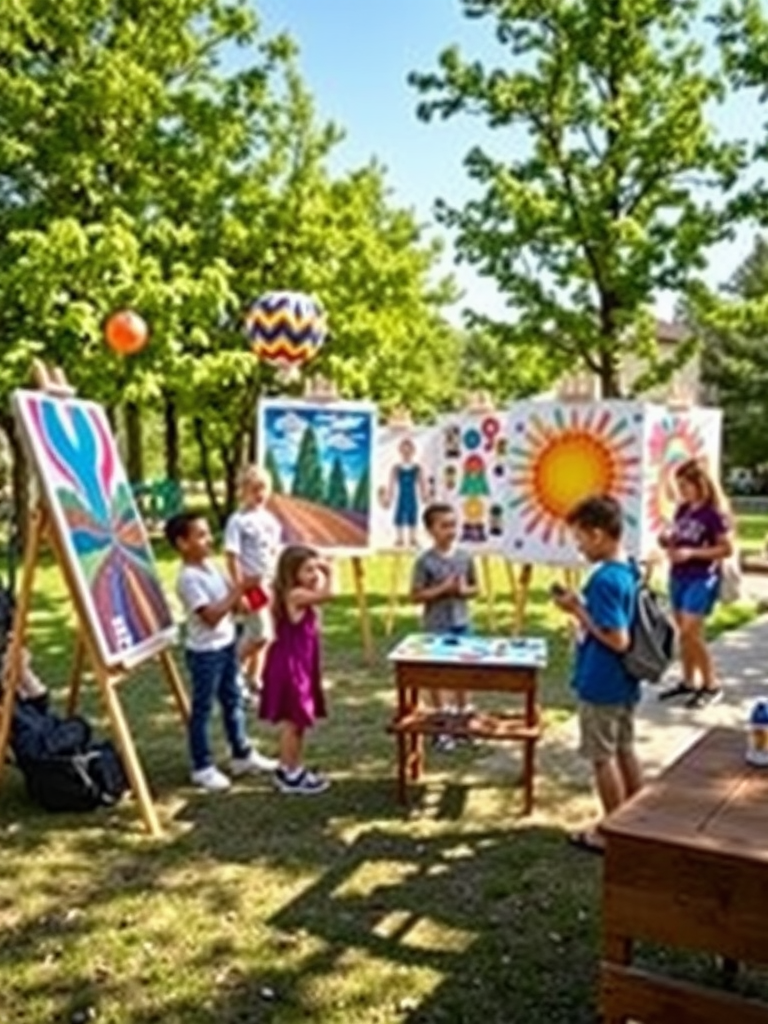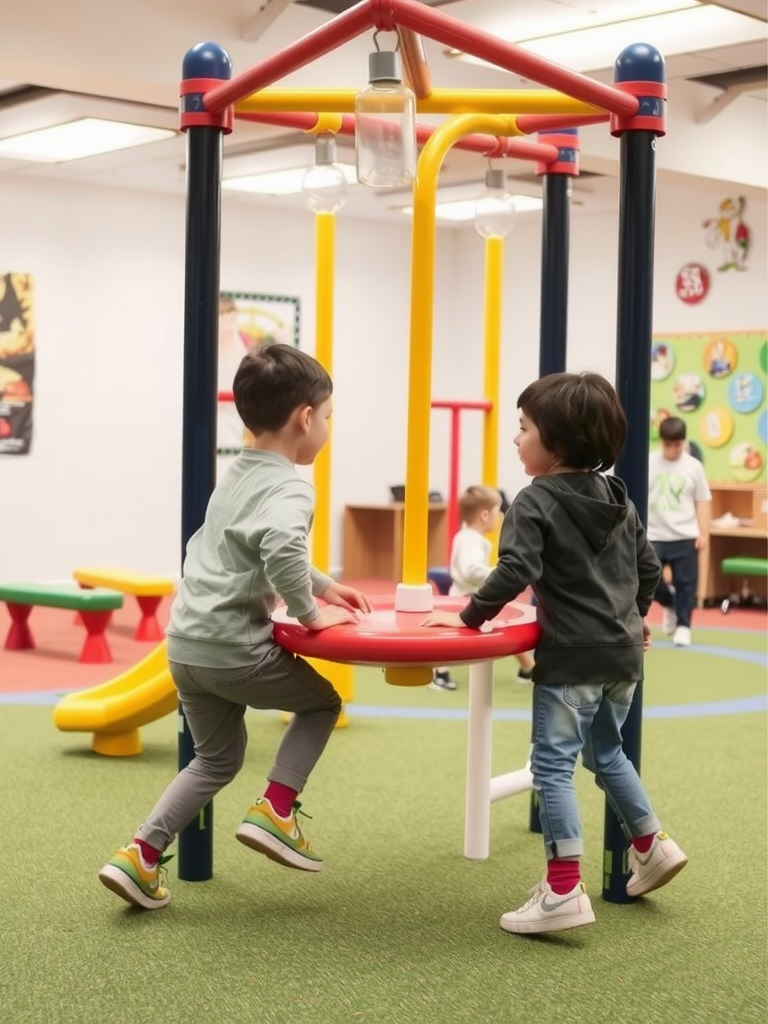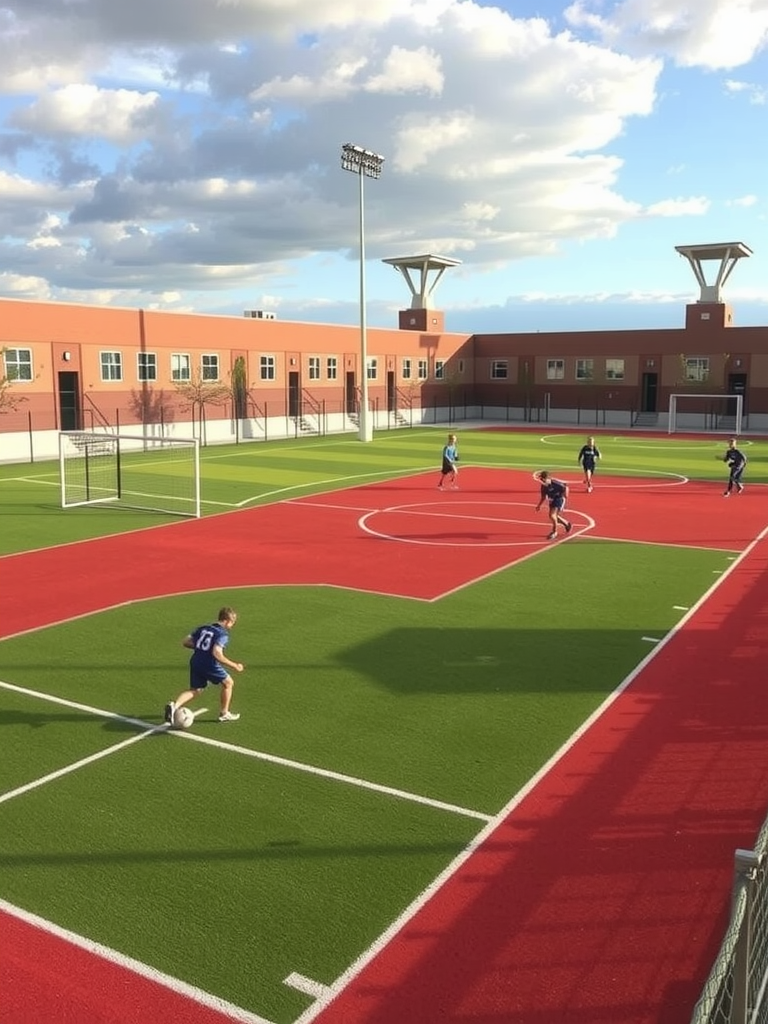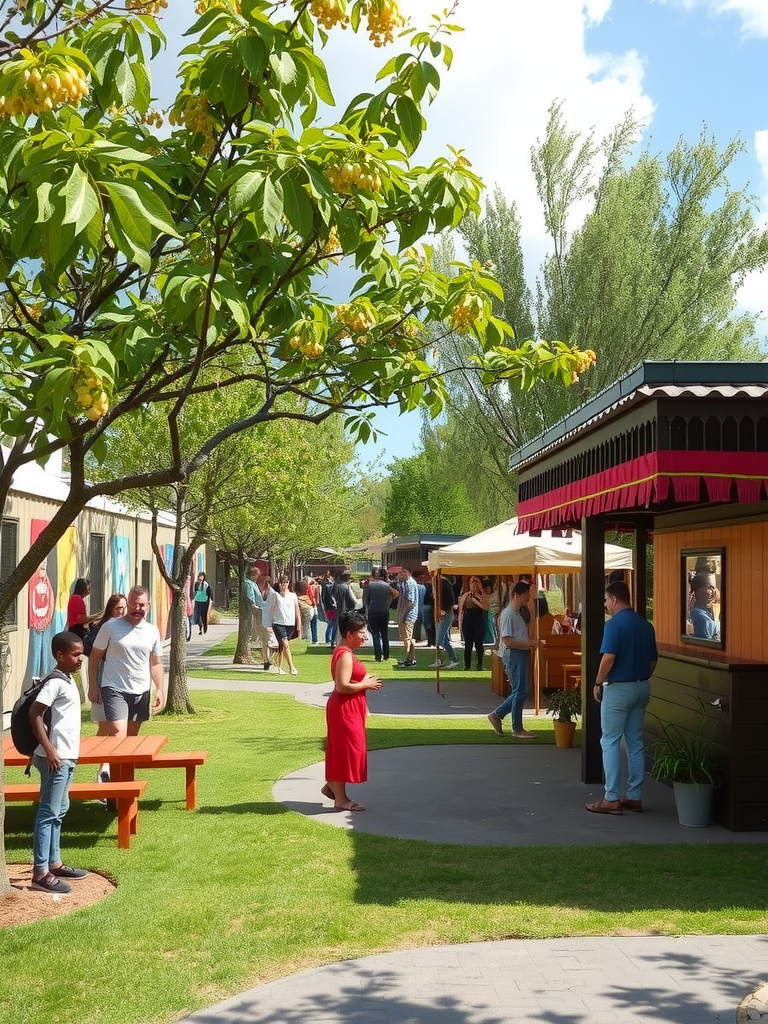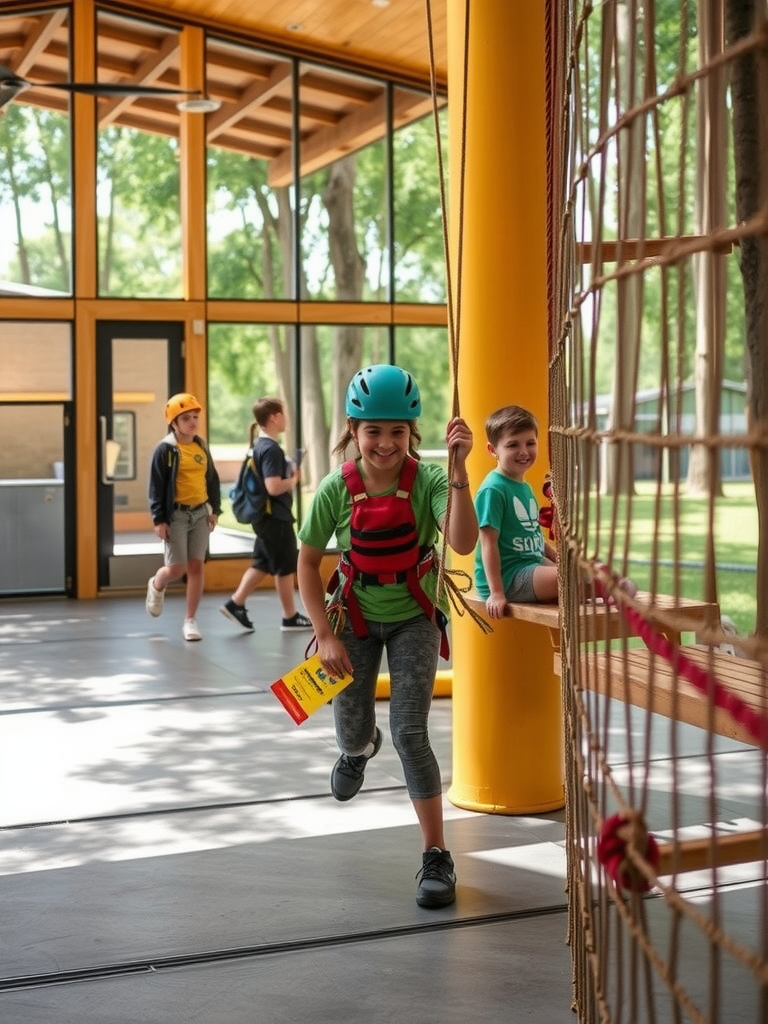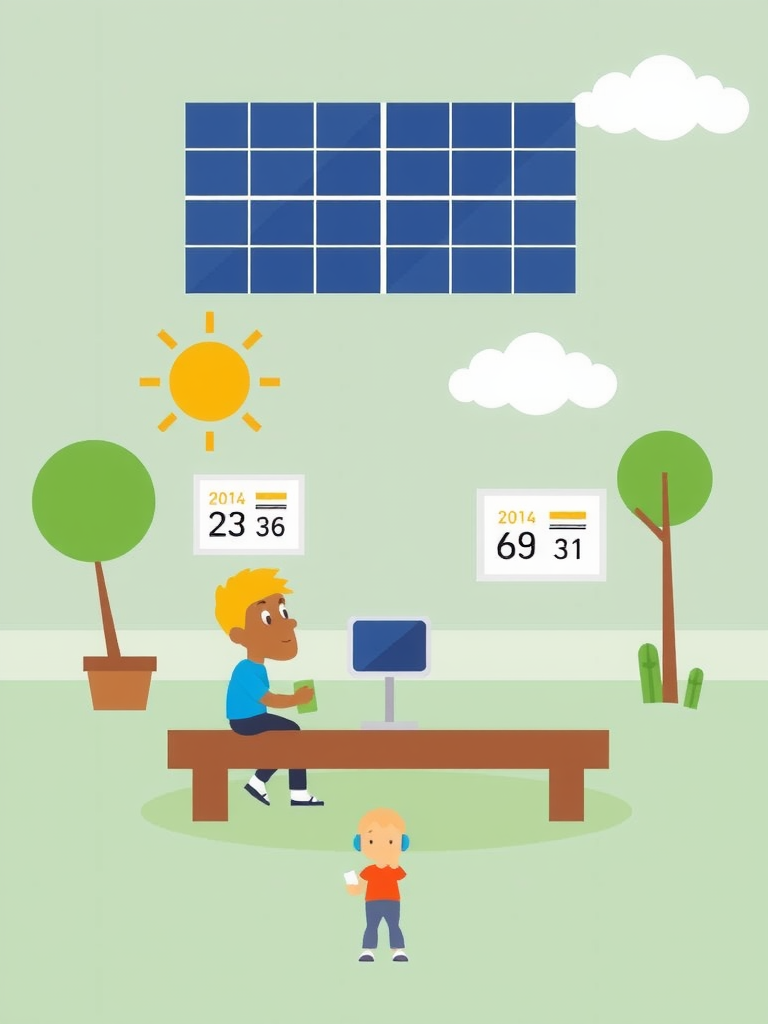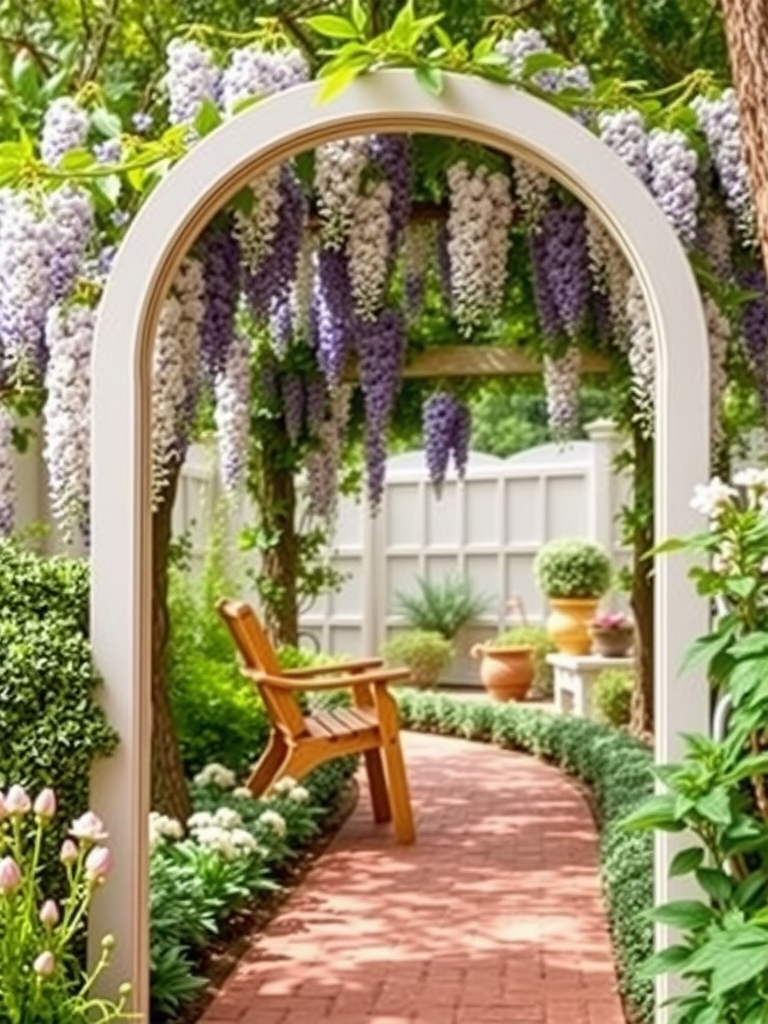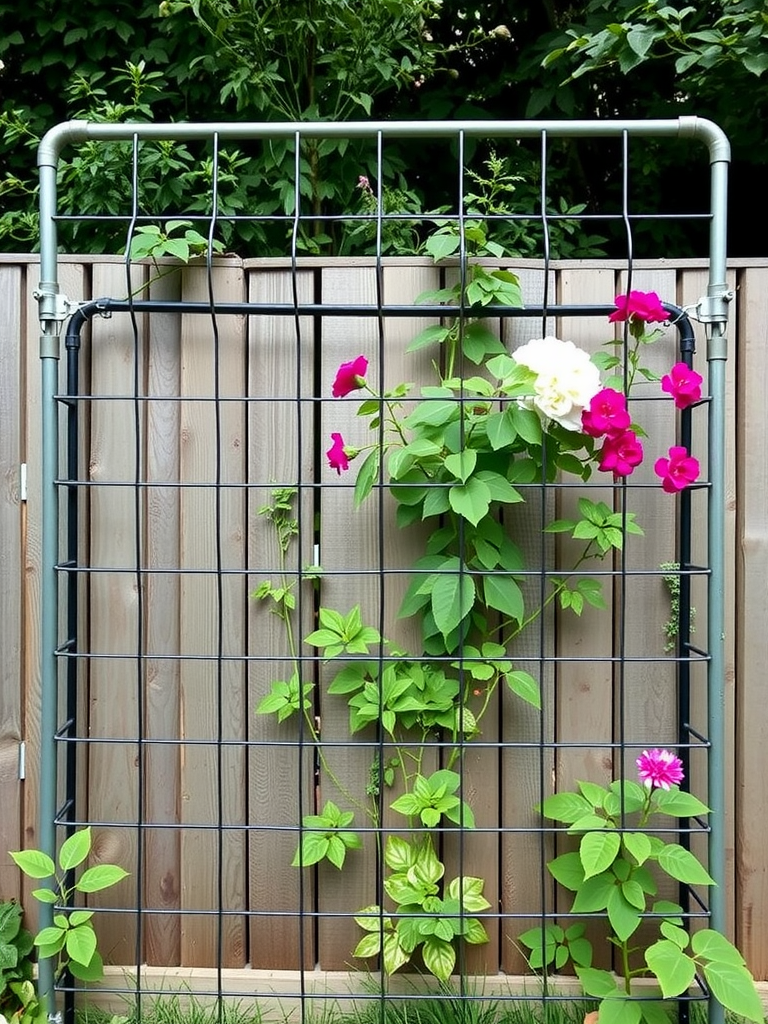Outdoor learning spaces provide students with a unique and engaging environment that fosters creativity, exploration, and connection with nature. These spaces play a crucial role in promoting holistic education, allowing learners to experience hands-on activities beyond the confines of traditional classrooms. As educators recognize the benefits of outdoor learning, more schools and institutions are investing in designing areas that encourage outdoor education.
With innovative designs and thoughtful planning, outdoor learning spaces can enhance the educational experience, offering diverse opportunities for physical activity, collaboration, and environmental awareness. This article explores 14 inspiring outdoor learning spaces that can transform traditional learning methodologies and create lasting memories for students.
1. Nature Trails
Nature trails are simple yet effective outdoor learning spaces that allow students to immerse themselves in the natural world. By walking along designated paths, students can observe flora and fauna, understand ecosystems, and engage in environmental studies. These trails can also include interpretive signs to provide information about local wildlife and plant species.
Incorporating nature trails into the curriculum can enhance subjects such as biology, ecology, and even art, as students can sketch or photograph their surroundings while gaining a deeper appreciation for nature.
2. Community Gardens
Community gardens serve as both outdoor classrooms and collaborative spaces where students can learn about gardening, sustainability, and nutrition. By actively participating in planting, maintaining, and harvesting crops, students not only gain practical skills but also develop teamwork and responsibility.
These gardens can be used as a living laboratory for lessons in science and health, and they promote healthy eating habits by connecting students to the source of their food.
3. Outdoor Classrooms
Outdoor classrooms are specially designed areas equipped with seating, tables, and sometimes even technology that encourage teaching and learning in an open-air setting. These spaces break down the barriers of the traditional classroom, allowing educators to adapt lessons to the environment around them.
Outdoor classrooms can be utilized for a variety of subjects, from math and science experiments to reading sessions under the sun, enhancing students’ engagement and focus.
4. Amphitheaters
Amphitheaters offer a grand setting for performances, presentations, and group discussions in an outdoor setting. With tiered seating, they provide excellent acoustics and visibility, making them ideal for storytelling, poetry readings, and musical performances by students.
These spaces not only foster public speaking and artistic skills but can also host community events, bringing families and the surrounding community together.
5. Science Stations
Science stations can be integrated into outdoor learning spaces, allowing students to conduct experiments and engage with nature in hands-on ways. These stations can include elements like birdhouses, weather stations, or interactive panels that encourage exploration of scientific concepts.
By having direct interaction with nature, students can better understand complex scientific theories and observe natural phenomena in real-time.
6. Reading Nooks
Reading nooks can be created in serene outdoor environments that invite students to sit back with a book surrounded by nature. Featuring comfortable seating, trees for shade, and a quiet atmosphere, these spaces promote literacy in a relaxed setting.
Students are more likely to engage with literature in a calming environment, sparking their creativity and imagination.
7. Outdoor Art Spaces
Outdoor art spaces provide students with an area to express their creativity through various artistic mediums. These spaces can include easels, sculptures, and materials for painting or crafting, inspiring students to collaborate and create.
Experiencing art in an outdoor environment can enhance inspiration and motivation, allowing students to draw from nature in their artistic endeavors.
8. Playground Learning Areas
Playground learning areas combine physical activity with learning opportunities. These spaces can include equipment that encourages movement, balance, and coordination while linking the activities to academic concepts like physics or teamwork.
By incorporating learning into play, students develop both physical skills and social connections with their peers.
9. Wildlife Observation Areas
Wildlife observation areas allow students to interact with local wildlife in a safe setting. These spaces can include blinds for birdwatching, habitats for observing insects, and seating for quiet contemplation.
These areas foster curiosity and respect for living creatures while providing vital lessons in biology and ecology.
10. Outdoor Sports Fields
Outdoor sports fields can be designed to promote physical fitness, teamwork, and competition. With designated areas for various sports such as soccer, basketball, or track, these spaces encourage students to learn about health and fitness.
Participating in outdoor sports not only improves physical well-being but also contributes to student’s emotional and social development.
11. Cultural Spaces
Cultural spaces celebrate diversity and promote understanding of different perspectives through art, performances, and community gatherings. These outdoor spaces can be used for festivals, cultural showcases, and educational programs that highlight different heritages.
Such settings foster inclusivity, encourage dialogue about cultural differences, and enrich the educational experience.
12. Adventure Learning Areas
Adventure learning areas offer activities that promote risk-taking, problem-solving, and leadership skills. These can include obstacle courses, ropes courses, or climbing walls, challenging students to step out of their comfort zones.
Participants gain confidence and resilience, learning to collaborate and communicate effectively in team-oriented challenges.
13. Zen Gardens
Zen gardens provide tranquil settings that encourage mindfulness and reflection. Equipped with sand, rocks, and minimalistic plants, these spaces allow students to practice focus and stress relief through calming activities like raking patterns in the sand.
Incorporating mindfulness practices into the curriculum helps students develop better emotional regulation and concentration.
14. Solar Learning Areas
Solar learning areas utilize renewable energy technologies to teach students about sustainability and energy conservation. These spaces can include solar panels, educational displays, and real-time energy usage data.
By engaging with renewable energy, students can learn about its importance and the impact of human activities on the environment, instilling a sense of responsibility towards the planet.
Conclusion
Creating outdoor learning spaces not only enriches the educational experience but also fosters a deeper connection with the environment and community. By implementing diverse concepts such as gardens, trails, and art spaces, educators can cultivate an atmosphere of exploration and creativity that benefits both students and teachers alike.
These outdoor environments inspire curiosity, promote physical and emotional well-being, and ultimately contribute to a more comprehensive educational approach, preparing students for the challenges of the future.
Frequently Asked Questions
What are the benefits of outdoor learning spaces?
Outdoor learning spaces enhance engagement, promote physical activity, and foster emotional well-being, providing students with hands-on, immersive learning experiences.
How can schools create outdoor learning spaces?
Schools can collaborate with community organizations, seek funding, and involve students in planning to design effective outdoor learning spaces.
What types of activities can take place in outdoor learning areas?
Activities can range from gardening and art projects to science experiments and physical education, providing diverse opportunities for learning.
Are outdoor learning spaces suitable for all age groups?
Yes, outdoor learning spaces can be designed to accommodate various age groups and can be tailored to meet the developmental needs of different learners.
How do outdoor learning spaces support environmental education?
Outdoor learning spaces promote awareness and understanding of ecosystems, sustainability, and conservation through direct interaction with nature.

